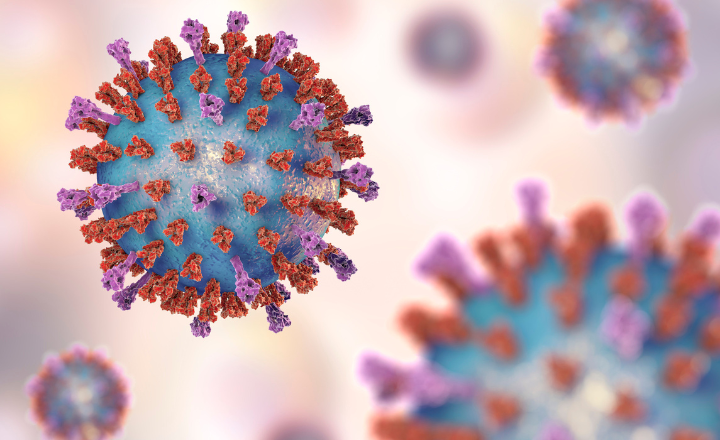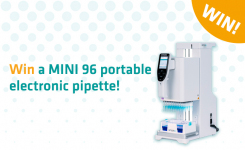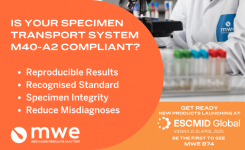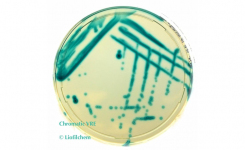- The guidance is endorsed by the Pan American Society for Clinical Virology.
- Based on the latest research, it recommends using nasopharyngeal samples for upper respiratory tract infections and nucleic acid amplification testing.
- The document also discusses the role of diagnostic stewardship in testing.
- The authors propose an algorithm to help laboratories decide on the most appropriate tests for a given case of respiratory virus infection.
The Association for Diagnostics & Laboratory Medicine (ADLM, formerly AACC) has issued a new guidance document that provides expert recommendations on fundamental clinical testing areas for respiratory viral infections. As respiratory virus testing continues to evolve rapidly after the COVID-19 pandemic, this guidance aims to ensure that patients benefit fully from emerging technologies in this field.
Respiratory tract infections caused by viral pathogens are among the most common reasons for healthcare visits, and the rapid and accurate diagnosis of these infections is crucial for ensuring optimal patient outcomes. Thanks to the innovative work of laboratory medicine experts, testing has advanced greatly in this area in recent years, particularly in response to the needs of the COVID-19 pandemic. As a result, a wider variety of sample types can now be used to test for respiratory viruses, and a wider variety of testing modalities are available, too. However, this has also led to a need for more education on the most effective ways to use these new testing options.
A multidisciplinary group of clinical microbiologists and infectious disease clinicians formed by the Academy of Diagnostics & Laboratory Medicine has developed guidance on this subject that is endorsed by the Pan American Society for Clinical Virology. Based on the latest research on COVID-19 and other respiratory viruses, the document recommends using nasopharyngeal samples to test for upper respiratory tract infections. It also recommends using nucleic acid amplification testing when possible. The document advises that viral load test results should be interpreted in the context of clinical symptoms. Furthermore, the guidance document discusses the role of diagnostic stewardship in respiratory virus testing, which can help generate accurate and clinically relevant results while conserving laboratory resources.
Additionally, the authors of the guidance document propose an algorithm that can help laboratories efficiently decide on the most appropriate tests for a given case of respiratory virus infection. The algorithm considers whether patients are symptomatic or immunocompromised and whether a positive result would change disease management.
“The current guidance document is the authors’ expert opinion based on the preponderance of available evidence to address key questions related to best practices for laboratory
diagnosis of respiratory viral infections,” wrote the guidance document authors Drs. Gregory J. Berry, Tulip A. Jhaveri, Paige M.K. Larkin, Heba Mostafa, and N. Esther Babady. “Laboratorians should remain alert and involved to provide guidance on managing testing and the information obtained from a wider range of testing settings.”
Read the guidance document here.























